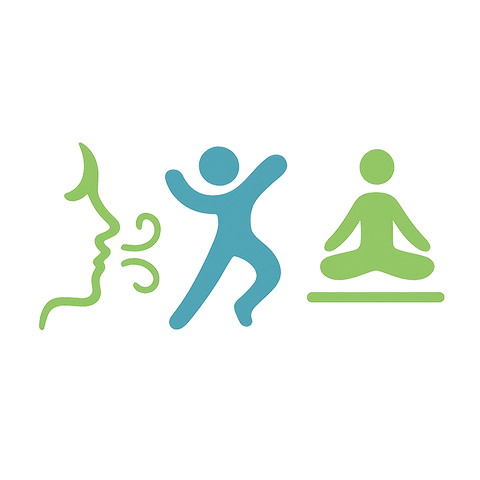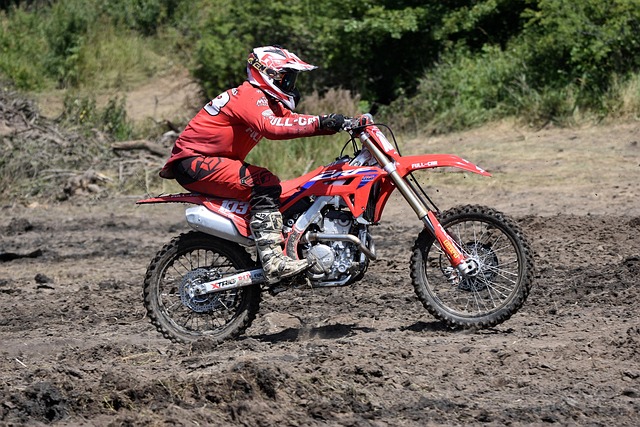Discover the Power Within Through Functional Training
When we talk about strength, many visualize bulging muscles or lifting heavy weights in a gym. But true strength is far more comprehensive—it’s the ability to move efficiently, perform daily tasks with ease, and feel empowered in your own body. This is where functional training plays a transformative role.
Unlike traditional workouts focused solely on isolated muscle groups, functional training emphasizes movements that mimic real-life activities. Think of squatting down to lift a box, pushing a heavy door open, or even balancing as you reach for something on a high shelf. These are dynamic, multi-joint actions that require coordination, stability, and strength all working harmoniously.
Why Functional Training Matters for Strength
Strength isn’t just about muscle size—it’s about practical power. Functional training builds strength that you can feel in your everyday life. It enhances your posture, reduces the risk of injuries, and improves your overall mobility. When your body learns to work as a seamless unit, movements become smoother, and tasks that once felt taxing grow easier.
Moreover, functional training ignites your core muscles—the hidden powerhouse for balance and control. By integrating core activation into movements, you develop a sturdy foundation that supports all your physical endeavors, from sports to simple chores.
Connecting With Your Body Through Movement
Embarking on functional training is more than just physical; it’s an invitation to reconnect with your body. Each movement becomes an opportunity to listen, understand, and challenge your limits. There’s a profound satisfaction in realizing that strength isn’t about pushing beyond your body but working with it harmoniously.
For those seeking strength that lasts, functional training offers a path rooted in authenticity and practicality. It’s about unlocking the strength potential you already possess and applying it where it truly matters—in life.
Steps to Start Functional Training
- Begin with bodyweight exercises: Master movements like squats, lunges, and push-ups to build foundational strength.
- Incorporate compound movements: Include exercises that engage multiple muscle groups simultaneously.
- Focus on balance and stability: Use tools like balance boards or practice single-leg exercises.
- Increase functional load: Gradually add weights or resistance bands to simulate real-life challenges.
- Engage your core consistently: Include planks and rotational movements to strengthen your midsection.
By embracing functional training, you’re not just working out—you’re cultivating a stronger, more resilient self ready to meet everyday challenges head-on.




